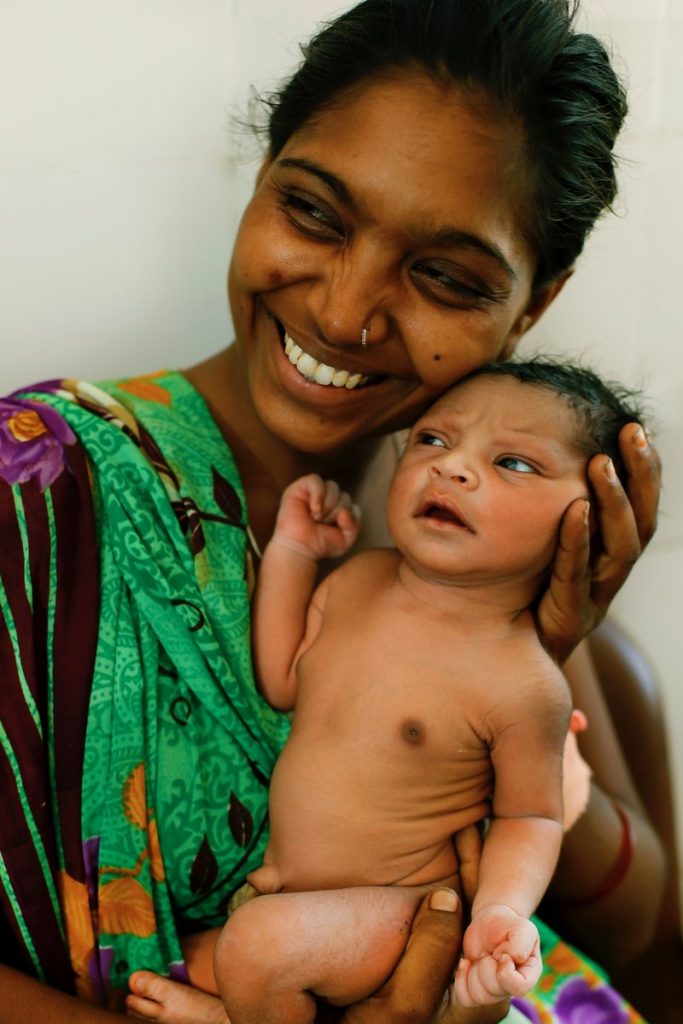New Delhi, June 9: India registered a major decline of 22 per cent in Maternal Mortality Ratio (MMR) to 130, but to reach the Sustainable Development Goal (SDG) target of less than 70, the focus has to be on timely access to quality health services, Unicef India said Saturday.
“India has shown impressive progress in reducing maternal deaths. But more effort is needed to reach the SDG target. The focus should be on improving access to health services, timely support and quality of services,” Unicef Representative in India Yasmin Ali Haque said.
According to a special bulletin on ‘Maternal Mortality in India 2014-16’ by Sample Registration System (SRS), the MMR in India fell to 130 in 2014-16 from 167 in 2011-13 with three states Kerala (46), Maharashtra (61) and Tamil Nadu (66) already achieving the SDG target.
“Two more states, Andhra Pradesh (74) and Telangana (81), are at striking distance. They have reduced poverty, improved health services, are better sensitized to women issues and the overall functioning of schemes is better. Lot of lessons can be learnt from here,” she said.
Haque said the country has to focus on what is not working. If 80 per cent of women are availing institutional delivery, what is preventing the rest of the 20 per cent. Education of girls has a role and needs to be addressed but more important is the availability of health services.
“The figure of institutional delivery in states with large tribal population and marginalised groups like Dalits is about 60 to 65 per cent. We have to dig deeper to find solutions here to improve access like maternity waiting house for women from remote areas to come before delivery date.
“But more important is the quality of health services and the behavioural aspect whether the pregnant woman is treated with dignity, respect and has her privacy. Then there are other administrative issues like availability of trained personnel particularly in rural areas,” said Haque.
As for the major reasons for success, Unicef India Chief of Health Gagan Gupta said, “These are strengthened financial and human resources of National Health Mission (NHM), empowering of community health workers and introduction of cash transfer incentive for institutional delivery.”
Other reasons are Mission Indradhanush, free ambulance services and Lakshya initiative, which aims to prevent undesirable adverse outcomes in institutional deliveries by ensuring proper implementation of the existing labour room protocols.
The SRS bulletin had also noted that the most significant decline was among the Empowered Action Group (EAG) states and Assam from 246 to 188. EAG states comprise of Bihar, Jharkhand, Madhya Pradesh, Chhattisgarh, Odisha, Rajasthan, Uttar Pradesh and Uttarakhand.
Among the Southern States, which comprise of Andhra Pradesh, Telangana, Karnataka, Kerala and Tamil Nadu, the decline has been from 93 to 77 and in the Other States, covering remaining states and Union Territories, the fall in MMR has been from 115 to 93, as per the bulletin.
There were nearly 12,000 fewer maternal deaths in 2016 as compared to 2013, with total number of maternal deaths for the first time reducing to 32,000. With this, India has gone beyond the Millennium Development Goal (MDG) target of MMR of 139 by 2015 and has reached 130.
